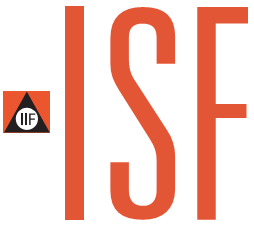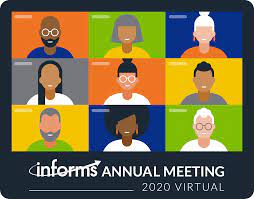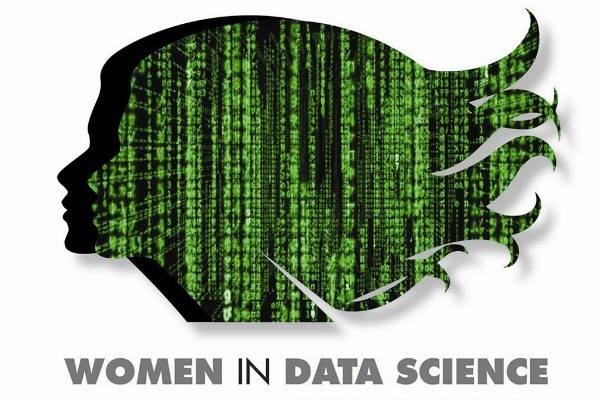Hey folks, I'm
Jade Zhang
Data Engineer
Data Analyst
Healthcare-focused data architect and analyst with hands-on experience in developing robust pipelines, integrating FHIR and claims data, and optimizing reporting processes. Adept at translating complex datasets into actionable insights that support clinical and business goals.


